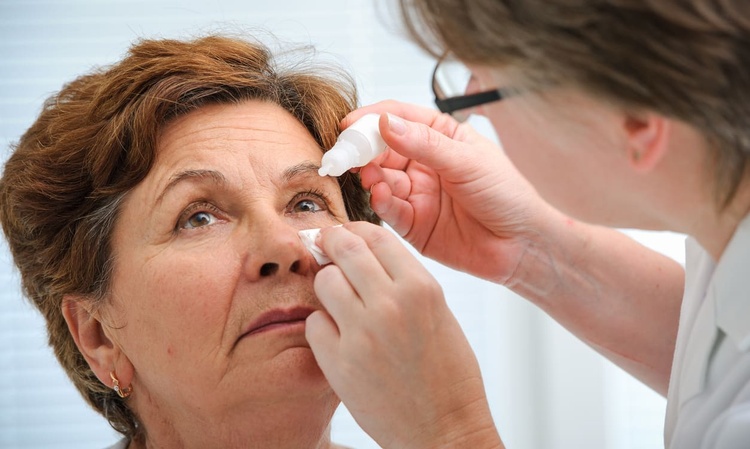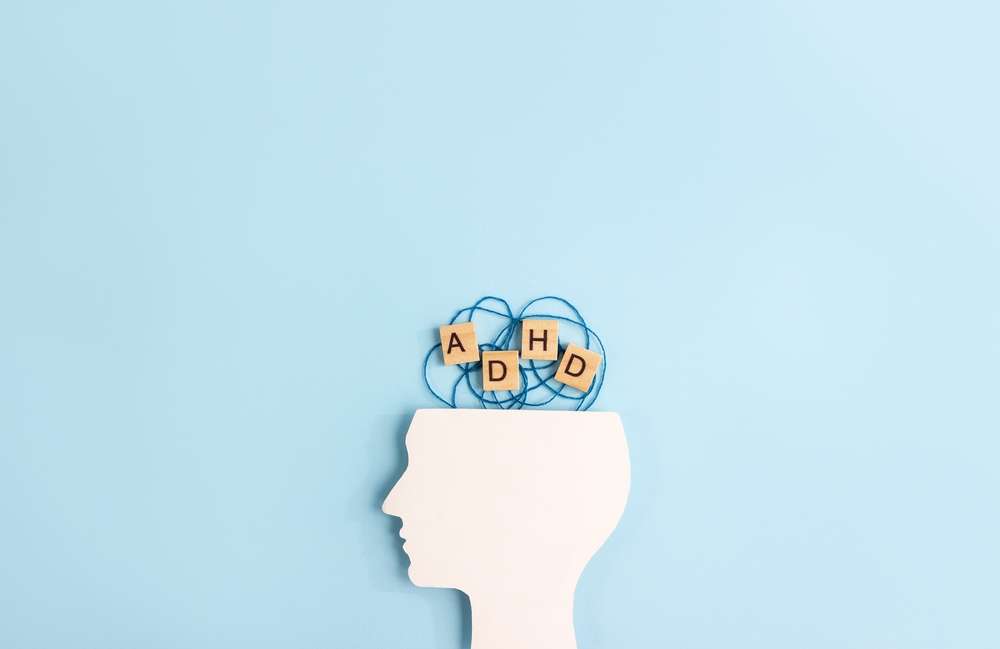What can be done to relieve dry eyes
Dry eyes are a common condition that occurs when tears don't provide adequate lubrication for the eyes. Insufficient or erratic tear production can occur for a variety of reasons. For example, if your tear production is insufficient or poor quality, dry eyes can develop. This erratic tear flow can lead to inflammation and damage to the surface of the eye. Dry eyes can be uncomfortable. If you have dry eyes, you may experience stinging or burning sensations in your eyes. Treatments for dry eyes may help you feel better. Treatments include lifestyle changes and eye drops. You may need to take these steps to manage your dry eye symptoms.

Dry eye syndrome affects millions of people worldwide, causing irritation, discomfort, and sometimes affecting vision. The condition occurs when tears aren’t produced in sufficient quantity or quality to keep eyes properly lubricated. While dry eyes can be frustrating to deal with, numerous treatment options exist that can provide relief and improve eye comfort. From simple at-home remedies to medical interventions, understanding these options can help manage symptoms effectively.
What are the symptoms of dry eyes?
Recognizing dry eye symptoms is the first step toward finding relief. Common symptoms include a stinging or burning sensation in the eyes, redness, light sensitivity, and a feeling like something is in your eye. Many people experience blurred vision that improves with blinking, difficulty wearing contact lenses, or eye fatigue after relatively short periods of reading or screen time. In some cases, dry eyes can paradoxically cause watery eyes as the tear glands overproduce in response to irritation. Morning eye discharge and difficulty driving at night may also indicate dry eye syndrome. If these symptoms persist, consulting with an eye doctor can help determine the best course of treatment.
Eye Pain in One Eye: Is it related to dry eye?
When experiencing eye pain in one eye, dry eye syndrome could be a potential cause, though it typically affects both eyes. Unilateral eye pain might indicate other conditions that require attention. Dry eye can occasionally manifest more severely in one eye due to factors like sleeping position, environmental exposure, or underlying anatomical differences. However, sharp or intense pain in a single eye, especially when accompanied by vision changes, warrants immediate medical evaluation. Other possible causes of single eye pain include corneal abrasions, infections, foreign bodies, or more serious conditions like glaucoma. An eye doctor can differentiate between dry eye-related discomfort and other potential causes of pain in one eye through a comprehensive examination.
Eye Pain Relief strategies for dry eyes
Providing relief for dry eye-related pain involves multiple approaches. Over-the-counter artificial tears can temporarily lubricate the eye surface and wash away irritants. For more persistent symptoms, preservative-free eye drops may be recommended as they cause less irritation with frequent use. Warm compresses applied to closed eyelids for 5-10 minutes can help unblock oil glands and improve tear quality. Omega-3 fatty acid supplements have shown promise in improving tear production and quality for some patients. Environmental modifications like using a humidifier, avoiding direct air flow to the eyes, and taking regular breaks from screen time can significantly reduce symptoms. For those who experience nighttime dryness, thicker lubricating ointments before sleep may provide extended relief, though they may temporarily blur vision.
When to visit an eye doctor near me for dry eyes
While mild dry eye symptoms can often be managed with over-the-counter remedies, certain situations call for professional evaluation. Consider scheduling an appointment with an eye care professional if symptoms persist despite using artificial tears regularly, if eye pain becomes severe, or if vision changes occur. Those experiencing extreme redness, light sensitivity, or discharge should seek prompt care. Individuals with autoimmune disorders like Sjögren’s syndrome, rheumatoid arthritis, or lupus are at higher risk for severe dry eye and benefit from specialized care. Regular eye exams are particularly important for people over 50, contact lens wearers, and those taking medications known to cause dry eye as a side effect. An eye doctor can perform specific tests to evaluate tear production and quality, providing targeted treatment recommendations.
Medical treatments for dry eye relief
When over-the-counter options prove insufficient, several medical interventions can provide relief. Prescription anti-inflammatory medications like cyclosporine (Restasis) or lifitegrast (Xiidra) reduce inflammation on the eye surface and help increase natural tear production over time. Corticosteroid eye drops may be prescribed for short-term use to manage inflammation. For cases involving meibomian gland dysfunction, procedures like LipiFlow or intense pulsed light therapy can help unblock oil glands. Punctal plugs—tiny devices inserted into tear ducts—prevent tears from draining too quickly, keeping the eye surface more lubricated. In severe cases, autologous serum tears made from a patient’s own blood components may be recommended. These specialized drops contain growth factors and other components that promote healing of the eye surface.
Advanced dry eye treatments and their effectiveness
For persistent or severe dry eye cases, several advanced treatment options have emerged in recent years. Amniotic membrane therapy uses tissue from placental membrane to promote healing of the eye surface and has shown promising results for severe dry eye. Low-level light therapy stimulates cellular function in the meibomian glands, potentially improving oil production and tear quality. Neurostimulation devices like TrueTear can increase natural tear production by stimulating nerves in the nasal cavity. Scleral contact lenses create a fluid reservoir over the cornea, providing continuous hydration for severely dry eyes. Research into anti-inflammatory medications and novel tear substitutes continues to expand treatment options. These advanced interventions typically require evaluation by a dry eye specialist who can determine which approach might work best for individual cases.
This article is for informational purposes only and should not be considered medical advice. Please consult a qualified healthcare professional for personalized guidance and treatment.




